Monmouthshire dragonfly recording update 4, February 2023
Lesser Emperors in Monmouthshire
Lesser Emperor (Anax parthenope) is a dragonfly which is in the process of colonising Britain. It is gradually spreading west, and Monmouthshire’s first record was back in 2006 at Lamby Lake (although this site is in the Cardiff local authority area, it falls within the Monmouthshire recording area). Andy Karran, the finder, has written an account of this county first, which is on the British Dragonfly Society’s website here.
Until recently there was only one further record, at Ynys y Fro Farm reservoirs in 2018, but our third occurred in 2022, also at Ynys y Fro. Both of these were found by Darryl Spittle, who has kindly supplied details, and I’ll add these to the website soon as well.
Small Red-eyed Damselfly
Small Red-eyed Damselfly (Erythromma viridulum) is another species which is colonising Britain. Our first Monmouthshire records occurred as recently as 2017 and Tara Okon had the honour of finding the first of these, at Uskmouth. Tara has written an article documenting her find, and this is also on the website here.
Several more sites have been added in the years since, but 2022 has been a notable year for them, with many new sites being found, including some in the northeast and northwest of the county. Small Red-eyed Damselfly is now more common here than its close relative Red-eyed Damselfly (E. najas) and we can expect more new sites to be located in 2023; it may well become one of our most common damselflies before too long.
A Hairy Dragonfly near Raglan
Hairy Dragonfly (Brachytron pratense) is a species which is well established on the Gwent Levels, but until last year there had been no sufficiently well-documented records away from there. Tom Chinnick located one on Raglan golf course in spring 2022 and supplied an excellent set of notes which left no doubt over the identification. If you find a hawker species early in the flight season away from the levels – and it’s not an Emperor (Anax imperator) – please take some notes or obtain a photo: it will be interesting to find out if Tom’s record was a one-off or if the species is spreading here as it has done in England.
Keeled Skimmers expanding their range
Richard Clarke has been very busy recording dragonflies in the west of the county during 2022, and made a number of interesting finds. In particular, he’s found Keeled Skimmer (Orthetrum coerulescens) at two sites west of Risca, several kilometres south of their county stronghold. Because of its specialist habitat requirements this is a species which will always have quite a restricted distribution in Monmouthshire, but there could easily be further undiscovered sites out there: a project for 2023 for those of you who like exploring our upland areas, perhaps?
Old records
Since taking on the role of county recorder, I have been looking at many older records, to double-check the accuracy of the data, and to ensure we have information on file to support the identifications of the rarer species. This has thrown up some interesting findings. As mentioned in previous updates, Britain’s only Banded Darter (Sympetrum pedemontanum) was actually over the border in Breconshire, and a record of a Scarce Chaser (Libellula fulva) in our database was probably a data entry error. This is an ongoing process and another recent finding is that Keeled Skimmer is unrecorded from the Black Mountains (on either side of the county boundary). It’s not all about disappearances though: the only information I had about the Lamby Lake Keeled Skimmer (see above) was the recorder initials “AK” so I was very pleased when I was able to track down Andy and he emailed me the excellent photo which accompanies his article. Next on the list for investigation are Small Red Damselfly (Ceriagrion tenellum) and Variable Damselfly (Coenagrion pulchellum): two enigmatic species, the first of which has not been seen for many years. Look out for details about these in a future newsletter. Older records (of any species) are just as welcome as recent ones, so please do get in touch if you have records which we may not already know about.
Atlas maps
I promised some species distribution maps in the last newsletter; this is taking a little longer than expected, but I hope to be able to start adding these to the website before the beginning of this year’s recording season. Watch this space.
How to contribute records
Any and all records of dragonflies in the county are welcome. The simplest and most problem-free way to contribute your records is to enter them into iRecord, but if you’d prefer a different method, please get in touch.
Can you spread the word?
There are now over 100 people on the distribution list for these email updates, but anyone with an interest in the dragonflies of the county is welcome to join. If you know of someone who would like to receive these emails, please put them in touch.
Steve Preddy, Monmouthshire County Dragonfly Recorder, British Dragonfly Society
